Event photography can be both incredibly fun and a very stressful form of photography. On one hand, you get to be privy to special moments and interesting people having a lot of fun. There are beautiful venues and views, often great food, and they usually pay pretty well.
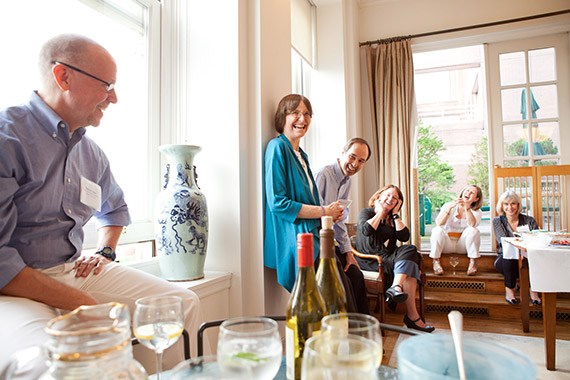
On the other hand, you need to get the shots and you need to get them while often being a fly on the wall. Technically, events are fast-moving, often in terrible light, and the best moments don’t happen twice. You need to be quick on your feet and quick with your camera technically. It can be a lot at first, but I promise it gets easier very quickly.
Whether you shoot family functions or are growing an event photography business, here are some of the most important tips to know.
Fast Lenses, Flash, and High ISOs
These days, nearly any camera and lens can do good event photography in bright or daylight situations. In those situations, it’s the photographer that counts the most. But in dark and indoor situations, which tend to be a majority of events, you just can’t get around having a fast lens, a flash, and a camera that can do well at high ISOs (which thankfully most can do these days).
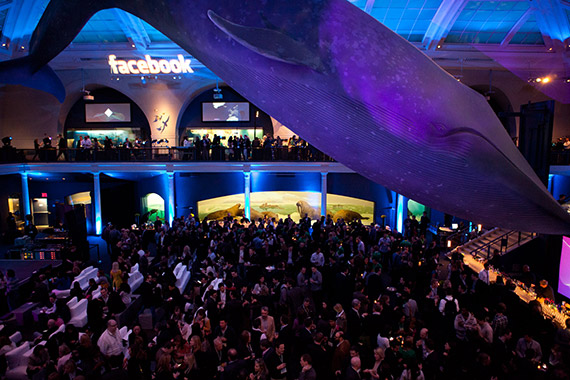
My go-to event lens is the Canon 24-70mm F2.8, which is incredibly versatile. A lens that goes to at least F2.8 is necessary, and thankfully you can get affordable fast 50mm lenses if you can’t afford a fast zoom, but I highly suggest a zoom if you can. For dark events, I typically shoot around ISO 1600, but I’m not afraid to go to ISO 3200 if I need to. There are some events where 3200 is just necessary.
And you can’t escape dark event photography without a reliable flash unit. You’ll need it for your subjects to stand out from the background and to give them a pleasing light source that will help them look their best.
Balance the Room Light with Your Flash Output
I’ll start the day by setting my camera settings to expose the venue correctly without the flash. You don’t want your images to have people perfectly exposed but the room to be too underexposed or black. Good event photography shows the environment. So I’ll raise my ISO and lower my aperture until the room looks correct, making sure that the shutter speed does not go too slow to allow for handheld motion in the images or too much motion in the subjects.
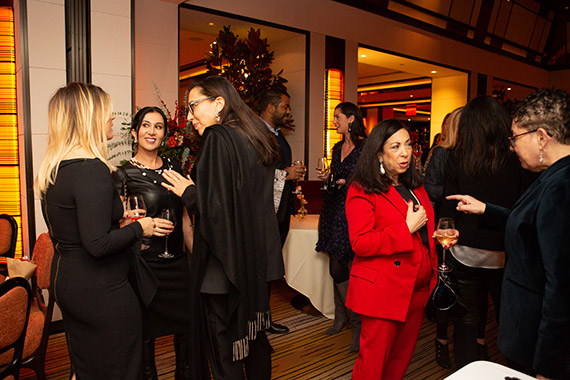
Unless the natural light is strong and flattering, I’ll then turn on the flash unit to add more light to the people in my photographs. I typically use the TTL (through the lens) setting on the flash, which allows it to read the lighting in the room to give out the correct amount of light. TTL is very accurate and it will allow you to not think too much about your flash output so you can focus on the event.
Doing this will allow both your subjects and background to look great. Occasionally the flash will give out the wrong amount of light, but most of the time the photographs will turn out great.
Use a Small Diffuser for Your Flash
A diffuser cap will help to soften the light coming from your flash and to spread the light source out. Opt for a small cap and not a large or medium-sized one that sticks out too much. The cap will light up when you use the flash and if it’s too large the flashes will become very obtrusive and obvious and can become annoying to the event guests near you. A small cap will do the trick and not be noticeable.
Bounce Fill Flash
Whenever possible, I prefer to aim my flash upwards and very slightly backwards. This allows the flash to bounce off of the ceiling and back onto your subjects instead of hitting them directly, causing the light on them to be much more flattering.
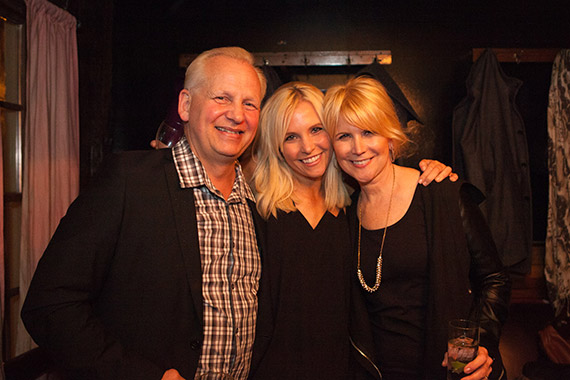
But this only works when the ceiling is at a regular height. If the ceiling is fairly high, I will just aim the flash straight up and not back at all and if it’s very high there is no choice but to aim the flash directly at your subjects.
Control your Aperture – Largest is Not Always Best!
When shooting events, I pay attention to my aperture often. There are some photographs, and you will find this particularly common in wedding photography, that will look their best with the largest (lowest-numbered) apertures possible, such as from f/1.4 to f/2.8.
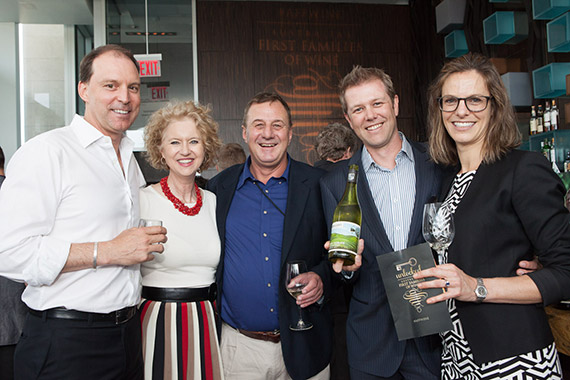
Other times, you’ll want more depth of field to show the entire venue or multiple subjects sharp. I always try to photograph small or large groups around f/4 when possible (although often it’s not). Shooting a group with f/2.8 or lower can cause your center subjects to be sharp while the edge subjects will be blurry.
Anticipate and Wait for the Best Moments
If you’re constantly walking around a room, there is a chance you’re missing the best moments. One of my favorite event tips is to find a location near a group of people having fun and just waiting for fun moments to happen. This will allow me to already be in position and ready to take the photograph.
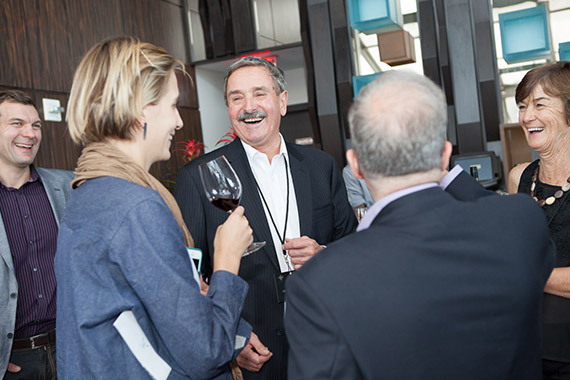
When waiting for a moment like this to happen I try not to make it obvious that I’m watching them, which can make people self-conscious. That can sometimes ruin a moment. Instead, I’ll look around like I’m scanning the room, but really I’m just waiting around for the moment. Sometimes it happens and sometimes it doesn’t, but anticipation is the key to finding and capturing the moment at events.
Have a Smile on Your Face and Look Comfortable
Many people at an event are highly aware of a photographer walking around, so it’s very important to look happy and comfortable. The more comfortable and pleasant you look, the more comfortable and pleasant your subjects will feel around you. Often early on in the event, I’ll smile and give a quick hello or nod to some of the guests if the situation warrants it. If they want to talk to me, I may even give some quick chit-chat, and if they look like they want to avoid me, I’ll just walk by with a smile. This makes you non-threatening early on.
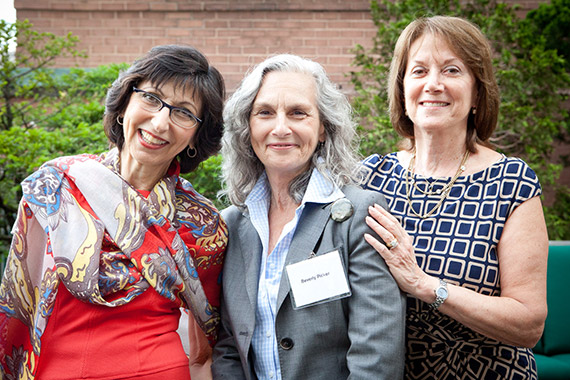
As the event goes on, people will usually notice you less and less, but the more you establish a friendly disposition early on, it will make it that much easier for you to blend in as the event continues.
Dress Well
I can’t state how important this tip is. First impressions are everything, and as a photographer, since you won’t be interacting too much with the guests, it can feel like the entire night is one big first impression. So in addition to the manner that you carry yourself, people are going to judge you on how you dress. This makes it very important to dress as well as you can.
If you keep these eight tips in mind, you’re sure to improve your photography at the next event!
About the Author:
James Maher runs an event photography business in New York focusing on corporate events, seminars, and family functions.
Go to full article: 8 Important Tips for Improving Your Event Photography
What are your thoughts on this article? Join the discussion on Facebook
PictureCorrect subscribers can also learn more today with our #1 bestseller: The Photography Tutorial eBook
The post 8 Important Tips for Improving Your Event Photography appeared first on PictureCorrect.
from PictureCorrect https://ift.tt/2H9GDjW
via IFTTT






0 kommenttia:
Lähetä kommentti